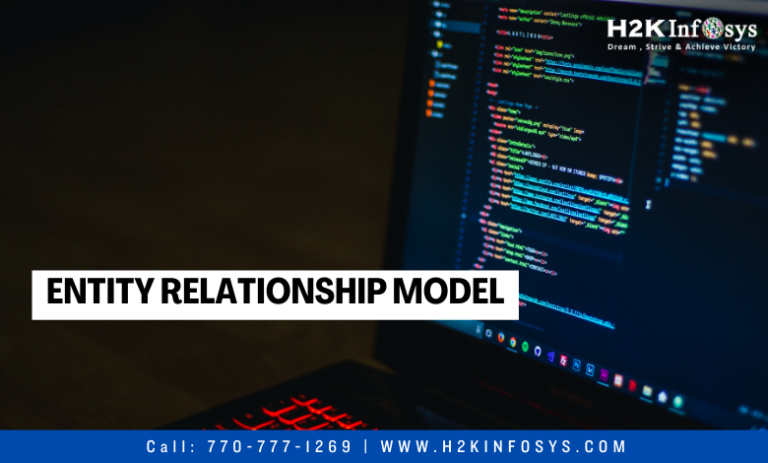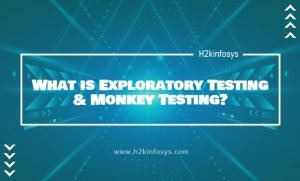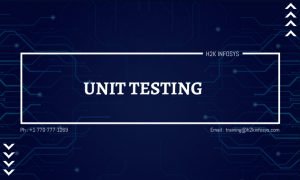ER model is also called as the ER model which is high quantity data model. It is basically used to define the data elements and relationships for the specified system which also describes the structure of the database with help of the diagrams. In the database entity will be single thing, person, place etc.
Basically, Entity Relationship model is basically design or blueprints where database can be implemented. Two main components of ER models are: one is entity model and other is relationship model. ER model which will develop the conceptual design for the data which is been present in the database and it also generates a very simple and easy to design view of data
In this model, the database structure is been plan as a diagram which is called an entity-relationship figure.
Let us consider, an example to get clear picture: suppose if we design college database, in this database student will be entity and attributes will be name, address, ID, city, street name, pin code etc. Where they will be having the relationship between them.
Database management systems (DBMS) with the huge and, integrated collections of the data which will play an primary role in the modern data management, which helps in the agencies keep, retrieve, and manage data effectively.
At the end, DBMS is the concept of the entities, which is a fundamental idea which refers to the real-world devices or the ideas inside a database. This will explore the sector of entities within a DBMS, which will provide an in-depth understanding of this fundamental concept and its significance in database information.
1. Entity: entity can be called as an object, class, person or place. In the figure we can represent as been followed:
Let us think an example: organization as an example- manager, product, employee, department etc. which can be taken as an entity.
Entity can be defined as the real-world object. It’s a collection of related attributes. Lets consider an Example: Employee, Department, etc.
Strong Entity –An entity which has a primary key will be known as Strong entity. Rectangle represents strong entity.
Entity can be considered as the object with the physical existence on the particular person, car, house etc.
We can say that the entities will be not only the relationships, also by the extra properties which is called as the attribute which will include the identifier called as primary key.
Entity is an exceptional, recognisable and separate object which will be referred to the individuals, organisations, systems, bits of the data or even the distinct system components that are considered to be notable in and within themselves.
There are two types of entity which is been listed below:
- Strong entity
- Weak entity
Strong entity: these are the types of entities which will have the key attributes and the primary key will helps in identifying each entity uniquely. It is represented by a rectangle as shown in the above diagram
Weak entity: these are the types of entity which will not have key attributes because these will not identify on its own, these will depend upon other strong entity for the distinct identity.
Entity set is the collection of the entities of the same entity type as we have seen in above example of the student entity. It is collection of entity from the student entity type which will form entity set. Basically, attribute will define the information about the entity which needs to be stored and entity is employee and its attributes would be name, employee id, work location etc.
Domain of the entity will describe the possible values of the attributes, each of the attribute will have only one value which will be blank or it could be number, text etc. Key is also a unique identifier which will identifies the entity, key is also domain because it will be having the values. And these values will be unique to the each record it will be special type of the domain.
Questions
- What is entity? Explain briefly
- What is strong entity and weak entity?
- What is entity relationship?























